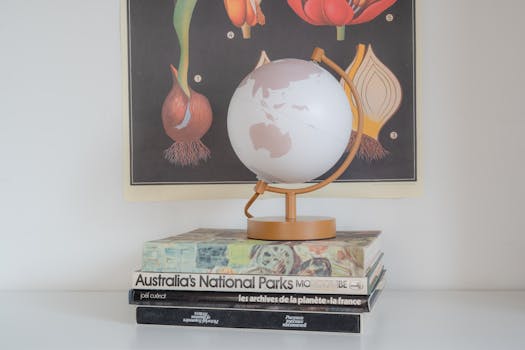
The Transformative Impact of African Art on Western Modernism
Takeaways:
- African art has played a crucial role in the development of Western modernism.
- Key movements like Fauvism, Cubism, and Surrealism were heavily influenced by African aesthetics.
- The appreciation of African art challenged Eurocentric views and promoted a more global understanding of art.
Throughout the 20th century, African art emerged as a significant force that shaped the trajectory of Western modernism. Artists in Europe and America began to draw inspiration from the forms, colors, and spiritual meanings found within African artworks, leading to a radical transformation in their creative expressions. This article explores the various ways in which African art impacted Western modernism, paving the way for new artistic movements and philosophies.
The Early Encounters: From Colonialism to Curiosity

However, as European artists began to travel to Africa or gain access to African artifacts through exhibitions and museums, a shift in perspective began to take place. The 1889 Exposition Universelle in Paris showcased African sculptures, which intrigued many artists, including Pablo Picasso and Henri Matisse. This exposure sparked a recognition of the aesthetic values inherent in African art.
Rather than viewing African art through a colonial lens, these artists began to appreciate its unique qualities—its abstraction, bold colors, and emotional depth. This newfound appreciation led to the incorporation of African motifs into their works, marking the beginning of a transformative journey for Western art.
The Influence on Major Art Movements

Cubism, pioneered by Picasso and Georges Braque, further demonstrated the impact of African aesthetics. The fragmented forms and abstract representations in Cubist works echo the stylized figures of African masks and sculptures. Picasso famously cited African art as a significant influence on his groundbreaking piece, “Les Demoiselles d’Avignon,” which features faces inspired by African masks.
Surrealism, too, found its roots in the spiritual and symbolic aspects of African art. Artists such as André Breton and Salvador Dalí were inspired by the mystical qualities present in African sculptures and textiles, which they felt connected to the subconscious mind. This led to a broader exploration of dreams, symbols, and the irrational in art, further enhancing the depth of modernism.
A Shift in Artistic Ideology

Moreover, the incorporation of African art encouraged a dialogue about cultural appropriation and the need for respect and understanding. While some artists embraced African influences, there were ongoing discussions about the ethical implications of using these cultural symbols. This dialogue has continued into contemporary art practices, emphasizing the importance of cultural exchange and collaboration.
Conclusion







